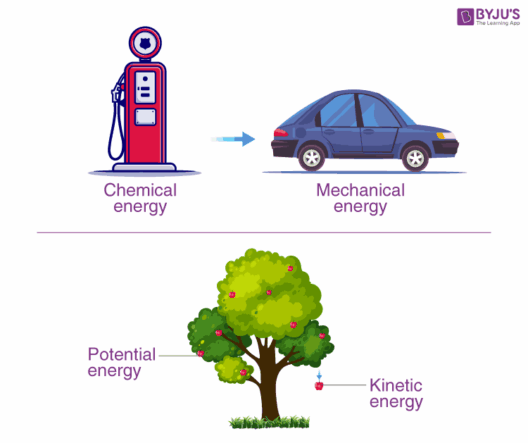The California Climate Credit is a unique initiative aimed at mitigating the impacts of climate change, while simultaneously providing financial relief to California residents. As the state grapples with the environmental consequences of carbon emissions, this credit emerges as a practical manifestation of California’s commitment to fostering a sustainable future. This article will delve into the intricacies of the California Climate Credit, exploring its significance, operational mechanisms, and benefits to locals.
By comprehending how this credit functions, the public can appreciate its role in mitigating environmental degradation and embrace their part in California’s green transformation.
The Genesis of Climate Credits: Policies for a More Sustainable Future
California has long been a pioneer in environmental policy, enacting initiatives that aim to reduce greenhouse gas emissions and promote renewable energy sources. The genesis of the California Climate Credit can be traced back to legislative measures such as the Global Warming Solutions Act of 2006 (AB 32). This landmark legislation established a cap-and-trade program, imposing limits on emissions from large industrial sources and fostering a market for carbon credits. Essentially, businesses that exceed their allotments must purchase credits from those who emit less, creating a financial incentive for emissions reduction.
These transactions generate funds, which are then allocated to support various environmental projects and, importantly, to provide the Climate Credit to residents. The intent is dual-fold: to encourage the population to embrace more sustainable practices while also alleviating the financial burden caused by those very initiatives.
How the California Climate Credit Works: A Financial Lifeline for Residents
So, how does the California Climate Credit manifest in tangible financial benefits for the average household? Each year, utility providers distribute the credit directly to residential customers.
This credit typically appears as a line item on your energy bill and is calculated based on several factors, including the amount of carbon allowances your utility company purchases during the cap-and-trade auctions. Generally speaking, residents can expect to see a reduction in their bills, which can provide meaningful relief, particularly for low-income households.
The actual amount of the Climate Credit varies from year to year. However, it typically averages around $50 to $150 annually per household. While this might seem modest in isolation, cumulatively, it represents a significant resource for Californians grappling with soaring energy costs.
More Than Just a Financial Incentive: The Broader Implications of the Credit
The California Climate Credit is not merely an economic boon for residents; it emerges as part of a larger tapestry of environmental consciousness and accountability. The funding generated through the cap-and-trade system is allocated toward initiatives that educate the public on sustainable practices and invest in renewable energy sources.
Through this cycle of awareness and action, the Climate Credit profoundly underscores California’s ethos of collective responsibility. It encourages residents to reflect on their energy consumption and consider adopting energy-efficient technologies or practices.
Moreover, it supports innovative projects aimed at enhancing the state’s energy grid and reducing reliance on fossil fuels, fostering a more resilient and sustainable infrastructure. Thus, the Climate Credit serves as a bridge between immediate financial relief and long-term environmental stewardship.
Who Benefits from the Climate Credit? A Closer Look at Diverse Stakeholders
In understanding the beneficiaries of the California Climate Credit, it is crucial to recognize that this program is designed with inclusivity in mind. While the most direct beneficiaries are residential utility customers, the effects resonate throughout various sectors. Low-income households, in particular, can find relief in the credits, helping them cope with the financial impacts of energy expenditures.
Furthermore, businesses that prioritize sustainable practices can take inspiration from the Climate Credit model. Companies that actively reduce their carbon footprints can leverage this framework to bolster their brand image, aligning themselves with California’s green ethos.
Finally, environmental organizations, local governments, and policymakers also benefit from the Climate Credit as it provides a tangible example of successful market-based approaches to combat climate change, offering a roadmap for similar policies nationwide.
How Residents Can Maximize Their Climate Credit: Practical Tips
Investing in energy-efficient appliances is another effective strategy. By selecting ENERGY STAR-rated products, households can significantly reduce their electricity usage, thus enhancing the positive impact of the Climate Credit.
Additionally, residents can take advantage of local programs that promote energy conservation. Many utility companies offer rebates and incentives for adopting renewable energy options such as solar power. Leveraging these resources not only amplifies the benefits of the Climate Credit but also contributes to California’s overarching environmental goals.
The Road Ahead: The Future of Climate Credits in California
As climate change continues to be an omnipresent challenge, the California Climate Credit stands as a testament to innovation in environmental policy. Moving forward, the success and receptivity of this initiative could inform similar programs across the United States and globally, fostering a larger movement toward sustainability.
In summary, the California Climate Credit is more than just a line on an energy bill; it encapsulates a vision for a greener future where residents are empowered to take part in eco-friendly practices. By understanding its mechanisms, implications, and potential for impact, Californians can position themselves as critical stakeholders in the ongoing battle against climate change.








